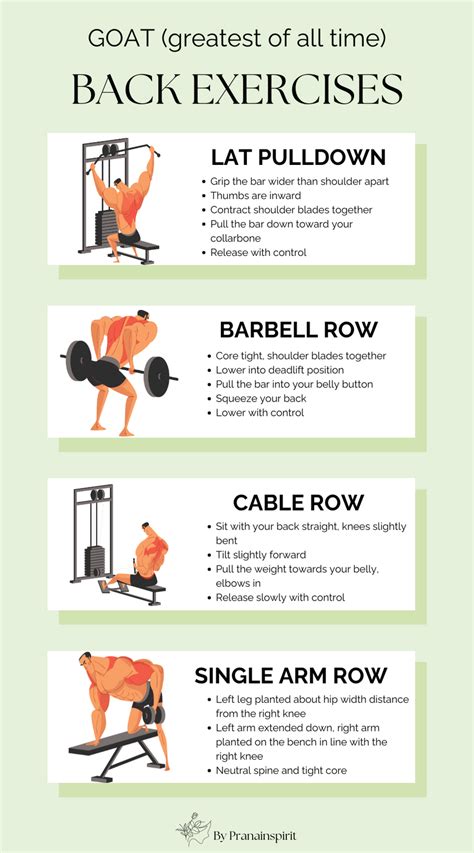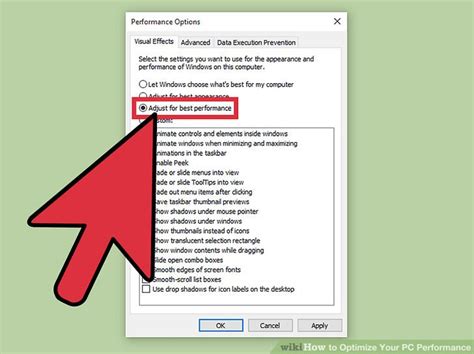What’s the most efficient workout split for busy men seeking peak strength & recovery?

Navigating the Modern Man’s Fitness Dilemma
In today’s fast-paced world, the demands on professional men are relentless. Balancing a career, family, and personal life leaves little room for extended gym sessions. Yet, the desire for peak physical strength, improved health, and efficient recovery remains paramount. The challenge isn’t just about ‘working out,’ but about optimizing every minute in the gym to yield maximum results without compromising recovery or burning out.
The key lies in selecting an intelligent workout split – a structured approach to dividing your training throughout the week – that aligns with your available time, recovery capacity, and specific strength goals. This article will dissect the most efficient workout splits tailored for busy men, focusing on those that deliver significant strength gains and ensure robust recovery.

Understanding the Principles of Efficient Training
Efficiency in training isn’t just about speed; it’s about impact. For busy men, an efficient split maximizes muscle stimulus while minimizing time investment and allowing sufficient recovery for adaptation and growth. This involves:
- High Frequency: Hitting muscle groups more often throughout the week often leads to better strength and hypertrophy gains, especially when total weekly volume is similar.
- Compound Movements: Prioritizing exercises like squats, deadlifts, bench presses, and rows that engage multiple muscle groups simultaneously, providing more bang for your buck.
- Progressive Overload: Consistently challenging your muscles with increased weight, reps, or sets to force adaptation and strength gains.
- Adequate Recovery: Ensuring enough rest between sessions for muscle repair and central nervous system recuperation.
Top Workout Splits for the Time-Strapped Professional
1. Full-Body Workout (3 Days/Week)
The Gist: You train your entire body three non-consecutive days a week (e.g., Monday, Wednesday, Friday). Each session involves 1-2 compound exercises per major muscle group, ensuring high frequency.
Pros: Excellent for beginners and intermediates. High frequency ensures each muscle group is stimulated three times a week, which is highly effective for strength and muscle growth. It’s time-efficient (3 sessions a week) and allows ample recovery days.
Cons: Each session can be demanding, requiring careful management of volume and intensity to avoid overtraining. May not allow for very high volume on individual muscle groups if that’s a specific goal.

2. Upper/Lower Split (4 Days/Week)
The Gist: You divide your week into two upper body days and two lower body days (e.g., Monday: Upper, Tuesday: Lower, Thursday: Upper, Friday: Lower). This allows for higher volume per muscle group compared to full-body training while maintaining good frequency.
Pros: A fantastic balance between frequency and volume. Each muscle group is trained twice a week, allowing for more specific work and recovery between sessions for the same muscle group. It’s highly effective for both strength and hypertrophy.
Cons: Requires four dedicated gym days, which might be a stretch for some extremely busy schedules. Can be challenging to fit in additional accessory work if time is very limited.
3. Push/Pull/Legs (PPL) – Modified (3-4 Days/Week)
The Gist: A traditional PPL split typically involves 6 days, but it can be effectively modified for busy men into a 3 or 4-day schedule. For 3 days, you cycle through PPL once a week. For 4 days, you might do Push, Pull, Legs, then repeat one day (e.g., Push, Pull, Legs, Push).
Pros: Great for targeting specific muscle groups with focused intensity. Logical grouping of movements (pushing, pulling, legs) can reduce muscular interference and allow for deep fatigue in target areas. When modified, it can still deliver good frequency.
Cons: A full 6-day PPL is often too much for busy schedules. The 3-day version offers lower frequency per muscle group (once a week) which might be less optimal for strength gains compared to higher frequency splits, unless volume per session is very high. The 4-day version is a good compromise.

Key Factors Beyond the Split
Recovery is Non-Negotiable
No matter how perfect your workout split, strength gains and recovery hinge on external factors. Prioritize 7-9 hours of quality sleep nightly. Fuel your body with a balanced diet rich in protein for muscle repair, complex carbohydrates for energy, and healthy fats for hormonal balance. Manage stress through mindfulness, hobbies, or short breaks. Neglecting recovery is the fastest way to plateau or invite injury.
Progressive Overload: The Strength Engine
The core principle of building strength is progressive overload. This means you must continually increase the demands placed on your muscles. This could be by increasing the weight, performing more repetitions with the same weight, doing more sets, reducing rest times, or improving lifting technique. Without progressive overload, even the best split will cease to yield results.
Consistency Trumps Perfection
The ‘perfect’ workout split is the one you can consistently adhere to. A full-body routine performed three times a week without fail is infinitely more effective than an ‘optimal’ split that you only stick to sporadically. Assess your schedule realistically and choose a plan that you can maintain for the long term.

Choosing Your Optimal Split: A Personalized Approach
For most busy men seeking peak strength and recovery, the Full-Body 3-Day Split or the Upper/Lower 4-Day Split offer the best balance. If you are new to structured training or have very limited time, the 3-day full-body approach is an excellent starting point. If you have a bit more flexibility (4 days) and want to dedicate more volume per session to specific muscle groups, the upper/lower split is a highly effective choice.
Experiment with these splits, listen to your body, and track your progress diligently. Adjust your volume, intensity, and exercise selection as needed. Remember, the goal is sustainable progress, not just short-term gains.
Conclusion: Forge Strength, Not Burnout
Achieving peak strength and recovery as a busy man is entirely possible with the right strategy. By prioritizing efficient, high-frequency compound movements and understanding that recovery is as crucial as the training itself, you can build a formidable physique and enhance your well-being without letting your demanding schedule derail your fitness goals. Consistency, smart programming, and a commitment to overall health are your most powerful allies.






